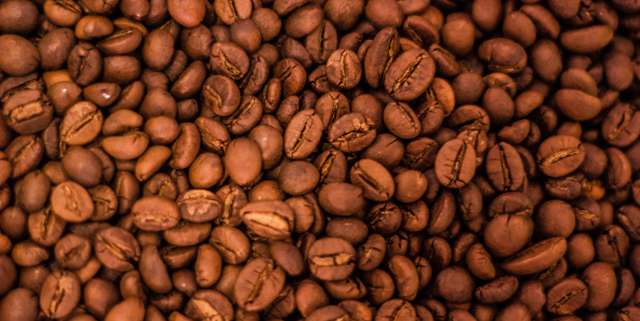1. Understand the Roasting Stages
Coffee beans go through three distinct stages before they become the consumption-ready product your customers expect:
- Drying
- Browning
- Roasting or development
During these stages, the color will evolve multiple times, which is why it's crucial to wait until all stages are complete to make final measurements.
2. Know the Importance of the “Cracks”
When roasting coffee beans, the first and second cracks say as much about the coffee's flavor as its color. Between the first and second crack, the coffee goes from light to medium roast and emphasizes the unique attributes of the bean's original flavors. Following the second crack, the coffee becomes a dark roast and will take on the sweeter, nuttier notes that come from the roasting process.
3. Recognize the Differences Between Filtration and Espresso
Though the process of roasting beans for filtration, or drip, coffee and espresso coffee are similar, each final product's color should be different to account for the variations in brewing. Filtration coffee uses gravity to draw out flavor and espresso uses pressure, resulting in a stronger flavor. This is an important factor to consider as you separate blends for each extraction method.


